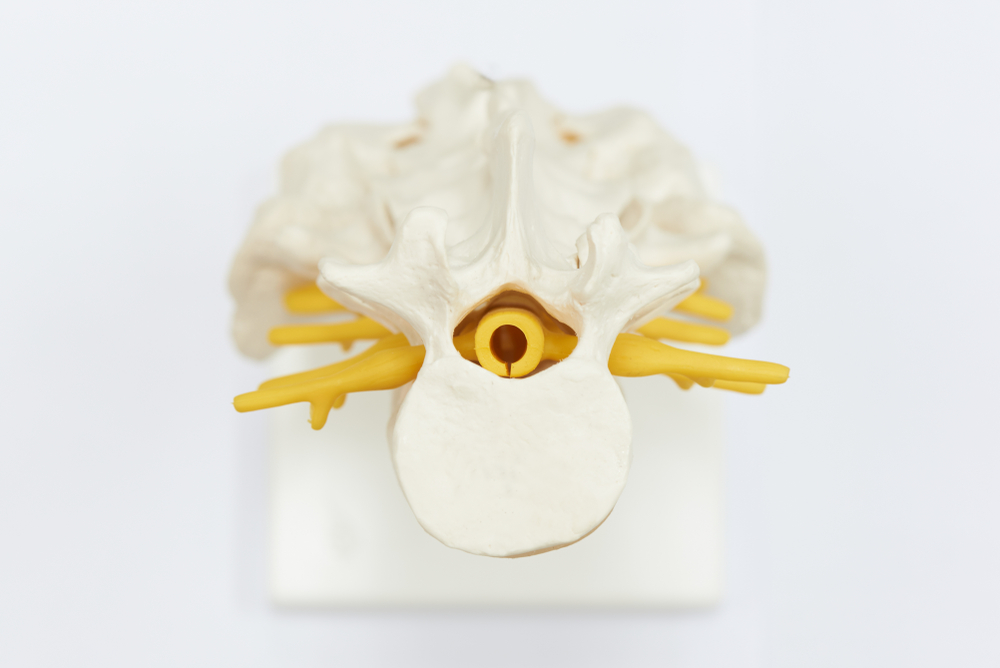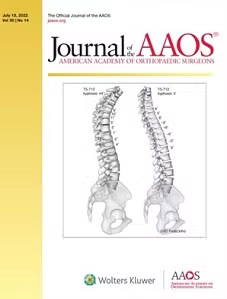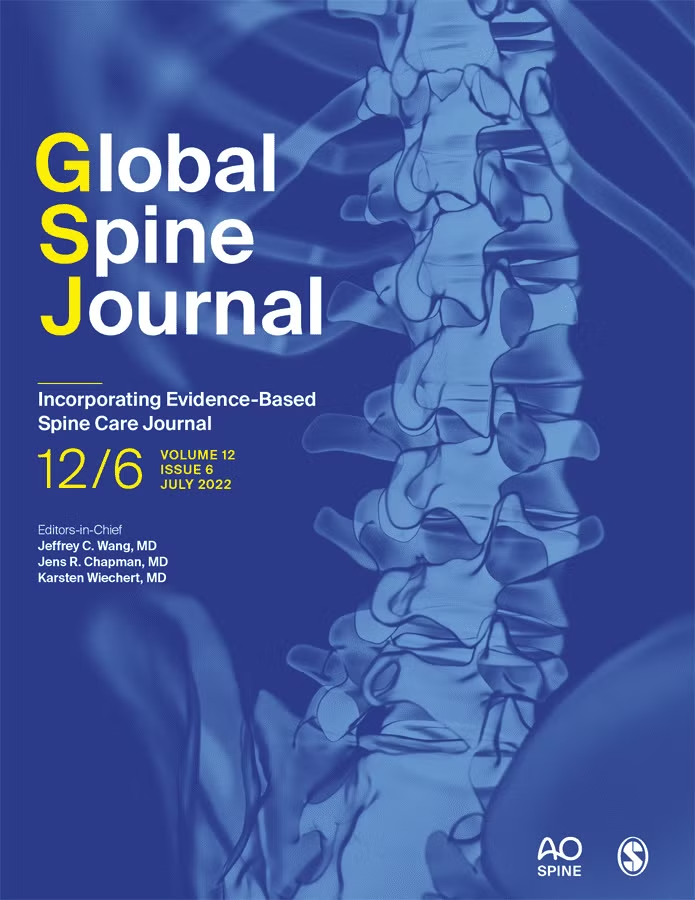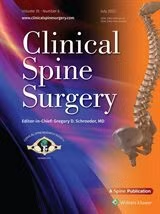
It’s important to continually keep your back and upper body stable by strengthening the muscles that support your spine before you even consider minimally invasive nerve decompression through spinal surgery. Back pain can be relieved and further injuries can be prevented by keeping these muscles strong.
However, remember that when you’re trying to decide between spine surgery, physical therapy, or stretching exercises, it’s important to consider what type of back pain you have, where it originates, and other questions.
Exercising Versus Minimally Invasive Nerve Decompression
Whether you’ve been injured or are suffering from nerve compression for other reasons, an exercise conditioning program can help you get back to normal and enjoy a healthier lifestyle. Sports and other recreational activities can also be helped by a well-structured stretching program.
You’ll want to consider these options first before exploring minimally invasive nerve decompression through spinal surgery. But there are some things to remember.
First, it’s all about flexibility. It’s important to stretch the muscles you strengthen to restore range of motion and prevent injuries. Your muscles will stay long and flexible if you stretch after strengthening exercises.
Second, muscles are key to the entire process. There’s a lot of muscle groups targeted in this spine-strengthening routine, including cervical spine (neck), external oblique rotators (side and lower back), trapezius (neck and upper back), internal oblique rotators (side and lower back), latissimus dorsi (side and middle back), piriformis (buttocks), back extensors, erector spinae, gluteus maximus (buttocks and middle-low back), gluteus medias (buttocks), quadratus lumborum (lower back), hamstrings (back of thigh), and abs (abdominal).
Third, unless otherwise prescribed by your doctor or physical therapist, your stretching and exercise program should last about 5 – 6 weeks. As a maintenance program, these exercises can protect and maintain your spine for life. You should maintain your back’s strength and range of motion by doing exercises two to three days a week. You’ll be enhancing your spine and nerves by strengthening all the muscle groups mentioned above.
Back pain affects 80 percent of Americans at some point in their lives, so it’s no surprise this is one of the biggest health problems across the nation. If you want to see a full list (with pictures and videos) of 22 ways to decompress your spine, click here. For safety and effectiveness, perform some of these exercises in “practice mode” for the first time under supervision of your doctor — and find out which specific exercises will help you reach your rehabilitation goals.
Stretching, Preparation, and Minimally Invasive Nerve Decompression
Warm up with low-impact exercise such as walking or riding a stationary bike for 5 – 10 minutes before you start your real stretches and moves. Also, before you start these strengthening exercises, make sure you stretch (very important).
You’ll also finish with stretching exercises after your strengthening routine. When you exercise, you shouldn’t feel pain — and if you’re in pain while exercising, talk to your doctor or physical therapist. Don’t do an exercise unless you know how to do it properly or how often you should do it.
Once again: minimally invasive nerve decompression through spinal surgery should be considered only if other programs and routines don’t work. With that said, below are some of the best muscle-strengthening exercises and stretches.
The Plank (or Planking)
Your elbows should be directly below your shoulders while you’re lying on your stomach. Lift your hips off the ground and tighten your abdominal muscles. Lift your knees off the ground and squeeze your gluteal muscles. Hold your body straight for 30 seconds. Bring your knees back to the floor and hold with just your hips lifted if you can’t completely hold this entire position. After 30 seconds, slowly return to the start position. Do this a few times.
Crunch Your Abdominals
On the floor, lie on your back with your knees bent and with hands at the back of your head and elbows (open wide). Your head and shoulders should be lifted off the ground by tightening your abdominal muscles. Hold this pose for two seconds with your back flat to the floor. Repeat slowly.
A Bracing Method for Your Abdomen
Bend your knees and arms at your sides, and then lie on your back. Pull your stomach away from your waistband (toward the floor) by tightening your abdominal muscles. Keep this position for 15 seconds. Remember that all of these intense strengthening exercises are for your body’s betterment and health to dodge minimally invasive nerve decompression spinal surgery. The vast majority of surgery patients say such a procedure is worth is — however, they explored all other options first.
Extend by Kneeling Back
Start on your hands and knees with your shoulders over your hands. Take five seconds to rock forward onto your arms while rounding your shoulders and letting your low back fall toward the floor. Rock backwards and sit your buttocks close to your heels. Hold your arms out for five seconds.
A Rotating Stretch by Sitting
Put your legs out straight in front of you while sitting on the floor. Make a cross with your legs. Hold your hand behind you for support as you slowly twist toward your bent leg. You can use your opposite arm to help you twist further by placing it on the side of your bent thigh. Take a deep breath and hold the stretch for 30 seconds. Bring yourself back to center. On the other side, do the same thing. Try repeating the whole thing four times.
The Side Straddle
Place one leg extended to the side and the other leg bent on the floor. Straighten your back and bend your hips toward your straight leg’s foot. Hold this for five seconds with your hands near your toes. Bring your hands to your shin or ankle as you round your spine. Make sure your head is as close to your knee as possible. Spend 30 seconds holding, then 30 seconds relaxing. Don’t forget to do the other side. Do it 10 times. You can view an example here. Remember: you are trying your own decompression techniques before considering minimally invasive nerve decompression spinal surgery.
Knees in the Chest
Get on your back and lie down. Your knee should be near your chest when you lift one leg. Grab your knee or shin and pull your leg in. Hold this for five seconds with your spine pressed to the floor. Pull both legs together and then repeat on the other side. Do this at least 10 times.
The Hip Bridge
On the floor, lie on your back with your arms at your sides, knees bent, and feet flat. Your body should be in a straight line from your shoulders to your knees when you tighten your abdominals and glutes. For 15 seconds, hold this position. Reverse the process and then start over.
The Bird Dog
Put your hands over your shoulders and your hips directly over your knees. Make your abdominal muscles tight, raising one arm to shoulder height. Don’t let go until you feel balanced. Lift your opposite leg and extend it straight out. You’ll want to hold this position for 15 seconds. Tighten your buttocks and thighs. Repeat with the opposite arm and leg, and slowly return to the starting position. You can view a great example of this here. Think about the minimally invasive nerve decompression spinal surgery that you should only consider if all other options have been tried.
The Head Roll
Make sure your weight is evenly distributed on both feet while sitting or standing. You can do this by gently bringing your chin to your chest. Hold your ear over your shoulder for five seconds while you roll your head to the right. You can do this by rolling your head back toward your chest and to the left. Hold your ear over your left shoulder for five seconds. Roll your head three times in a clockwise circle. Now, reverse direction and slow-roll your head in a counterclockwise circle three times.
Side Plank That’s Modified
Put your bottom leg slightly bent and your top leg straight on the floor. You should have your elbow directly under your shoulder with your forearm extended. Tighten your abdominals and raise your hips. Try straightening your bottom leg and lifting your knee off the floor. Make sure your body is straight for 15 seconds. On the other side, slowly return to the start position.
Awake Spinal Fusion and Surgery
Awake Spinal Fusion is here to educate you on the basics of minimally invasive nerve decompression, your spine, back pain, awake spine surgery, outpatient surgery options, and so much more.






